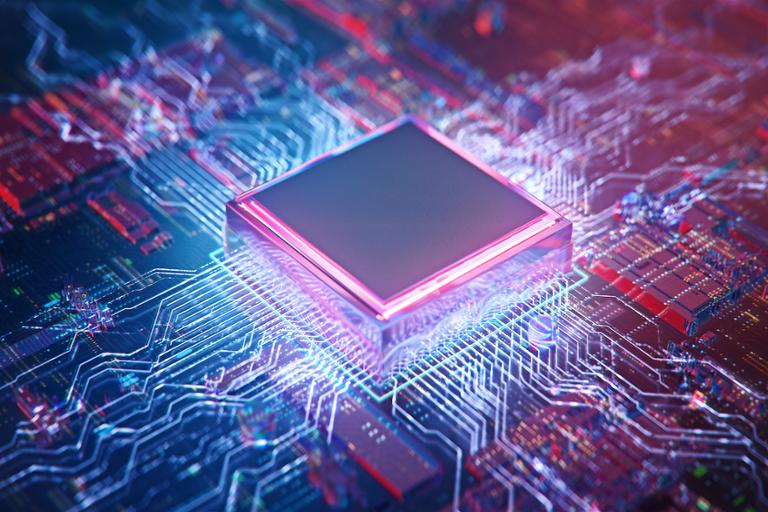As with other tech companies, Intel has pledged for years to improve the diversity of its workforce, from executives to technologists. How is the chipmaker doing on that front? Its latest diversity report offers some clues.
First, when it comes to gender, Intel’s staffers are 73.7 percent men, 26.3 percent women. Those numbers don’t change much when you examine only technical staff, where 76.5 percent are men, and 23.5 percent women.
However, things might be shifting; among entry-level employees, some 62.9 percent are men, while 37.1 percent are women—a notable difference from other rankings (such as senior and directors) where men make up anywhere from 67.5 to 78.2 percent of the selection. It’s possible that Intel’s diversity efforts are beginning to pay off when it comes to gender.
Like other tech companies’ diversity reports, there’s a lot of data to cover, but it’s worth calling out the ethnic breakdown of the technical staff:
It’s worth noting that, at many tech companies, diversity progress has been incredibly incremental despite lots of PR chatter. At Microsoft, for example, CEO Satya Nadella told an audience as far back as 2014 that the company would end up looking a lot less white and male as time went on—but the company didn’t make an overwhelming amount of progress between 2016 and 2019, the last period for which we analyzed data. At Google, there have been several measures to boost employee diversity and inclusion, including a focus on pay inclusion—and yet controversies over its hiring practices continue.
Intel acknowledges that it has some distance to go. “This past year, we demonstrated progress globally in advancement of women to senior positions and saw significant growth for Latinx and veteran populations,” read a note accompanying the data. “We also saw a decline in U.S. female representation.” In tech, diversity and inclusion are long-term efforts.



